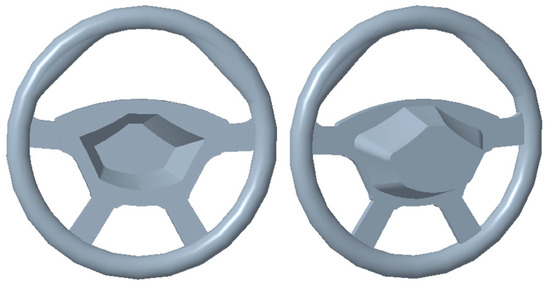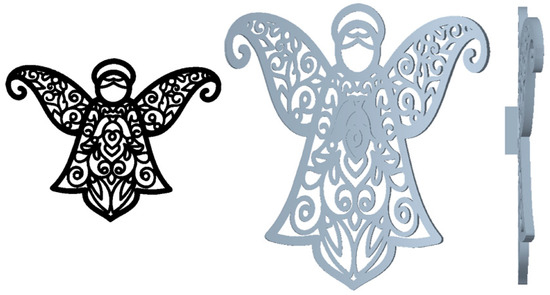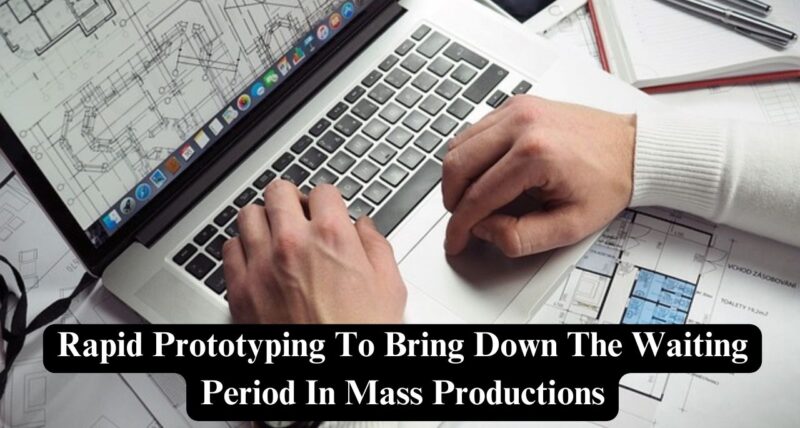The multiplying populations and increased demand have made it necessary for production firms to work on their potential waiting periods for individual products. So does that mean companies are hiring extra laborers? Coming up with multiple warehouses? Or are they thinking of limiting their variety of goods to be able to fasten up the production of one particular choice in line? News Flash! Nothing like that is happening here. Instead, thank God, you have technology on the save. Have you heard of rapid prototyping based on 3D CAD models?
A Detailed Look Into Rapid Prototyping
In rapid prototyping, you have access to the right technology to design and create an output of anything to visually or physically evaluate the features. In other words, it also stands for the fast fabrication of the physical parts based on 3D Computer Aided Design (CAD) methodology. The prototype is completed using the 3D printing technique. Also, you have the prototypes differentiated into high-fidelity and low-fidelity. In the case of the former, the proposed finished product is an exact match of the design, while in the latter, you have a marked difference between the design and the final product.
How Does Rapid Prototyping Work? Real Industry Applications
In the process of rapid prototyping, you have multiple manufacturing technologies involved. The list includes layered additive manufacturing, high-speed molding, casting, extruding, and machining.

Following the basic steps, you create a CAD model and convert the design into STL (Standard Tessellation Language) format to speed up production. The STL depicts a three-dimensional surface geometry free of color, texture, and other CAD features. Finally, it’s time to introduce them to the prototyping machine. Here the database slices the STL model into multiple layers based on the build technique and required accuracy. Once the first layer is complete, the machine starts with the second layer and continues until the process is complete. Because most machines are autonomous, they require less human indulgence and are also great at speed.
Coming to the real industrial applications of prototype modeling technology, it has made reliable impacts in architecture, medicine, archaeology, mechanic, and aerospace in the recent past.
Rapid Prototyping And The Proposed Theory Of Creating 3D Model Car Steering Wheel
As already discussed, the ultimate milestone for companies today is to shorten the waiting period and fulfill the market demands within no time. Also, they need to be mindful of the customer’s unique taste. Help the leads choose from various designs and styles to stand out. And as exciting as it sounds, rapid prototyping technology has a crucial role in the process overall.
Recently, a team of researchers has proposed using the rapid prototyping technique in business. They wanted to create a 3D virtual model of the steering wheel of a car and then turn it into reality with an assembled real-size spatial model of the same.

The team went on to divide the entire process into two separate phases.
- The preparatory phase of designing the steering wheel
- The virtual modeling phase
The Preparatory Phase
The preparatory phase in rapid prototyping came loaded with multiple sub-goals. The main work here was all about finalizing theoretical knowledge. Moreover, it also includes the imaginational perspective of the designer in terms of what will go into the steering wheels. The team focused on creating a production schedule for steering wheels without an airbag or multifunctional technology. In this, they did find how to include the CAD-based rapid prototyping technique to open up new possibilities and upscale the desirable virtual 3D models.

The Virtual Modelling Phase
In the virtual modeling phase, the researchers went on to model the different parts of the steering wheel. They came up with an assembly of seven parts in varying colors. The entire line was divided into four groups. Where one group was bi-color, and the other three were monochrome. As part of this phase, the researchers also explained the various dimensional characteristics, software applications, and number of assembly members required in each production process.
Overall, it was a comprehensive experience with the outputs according to the various research goals. If applied to real-life scenarios, this will surely fast forward the production schedule.



